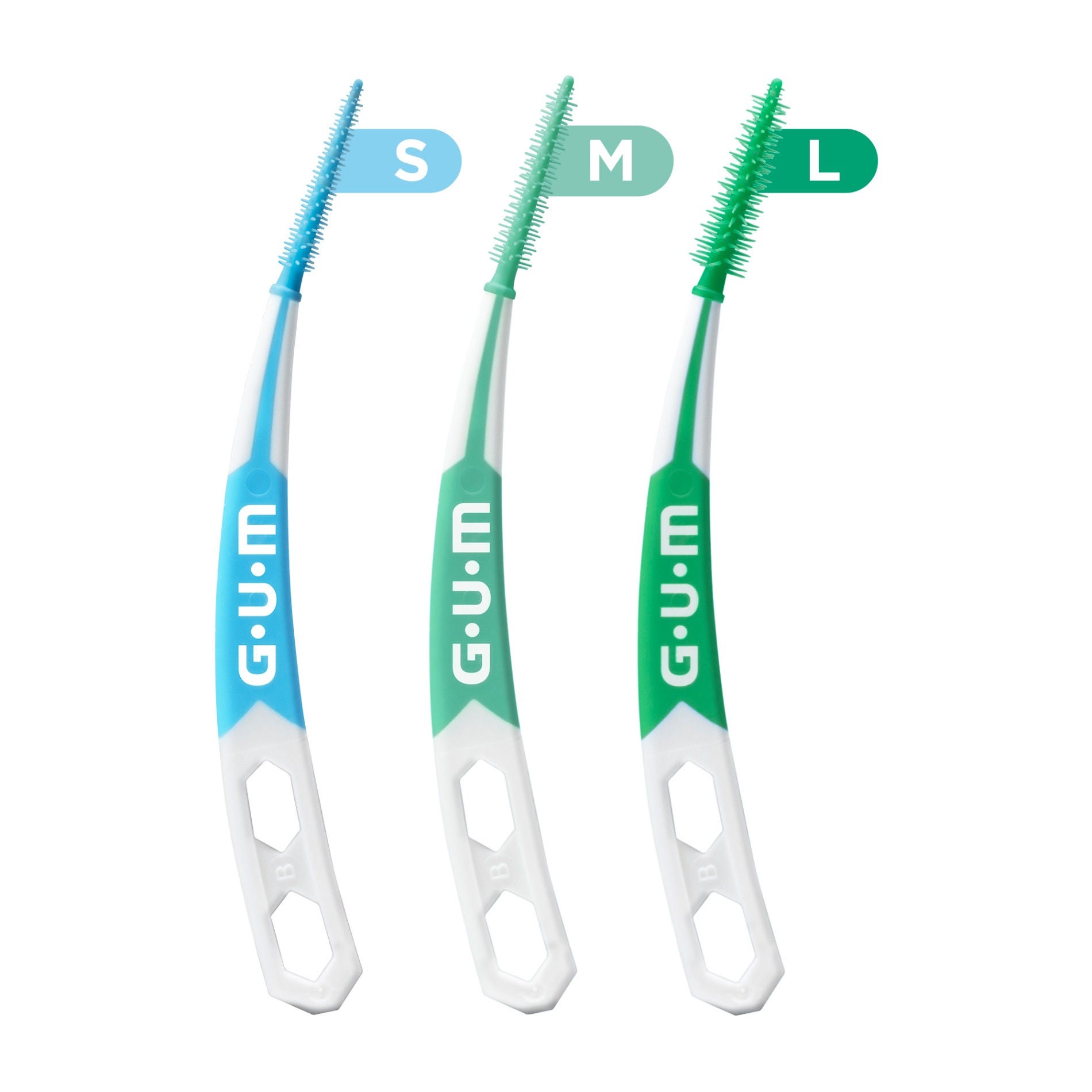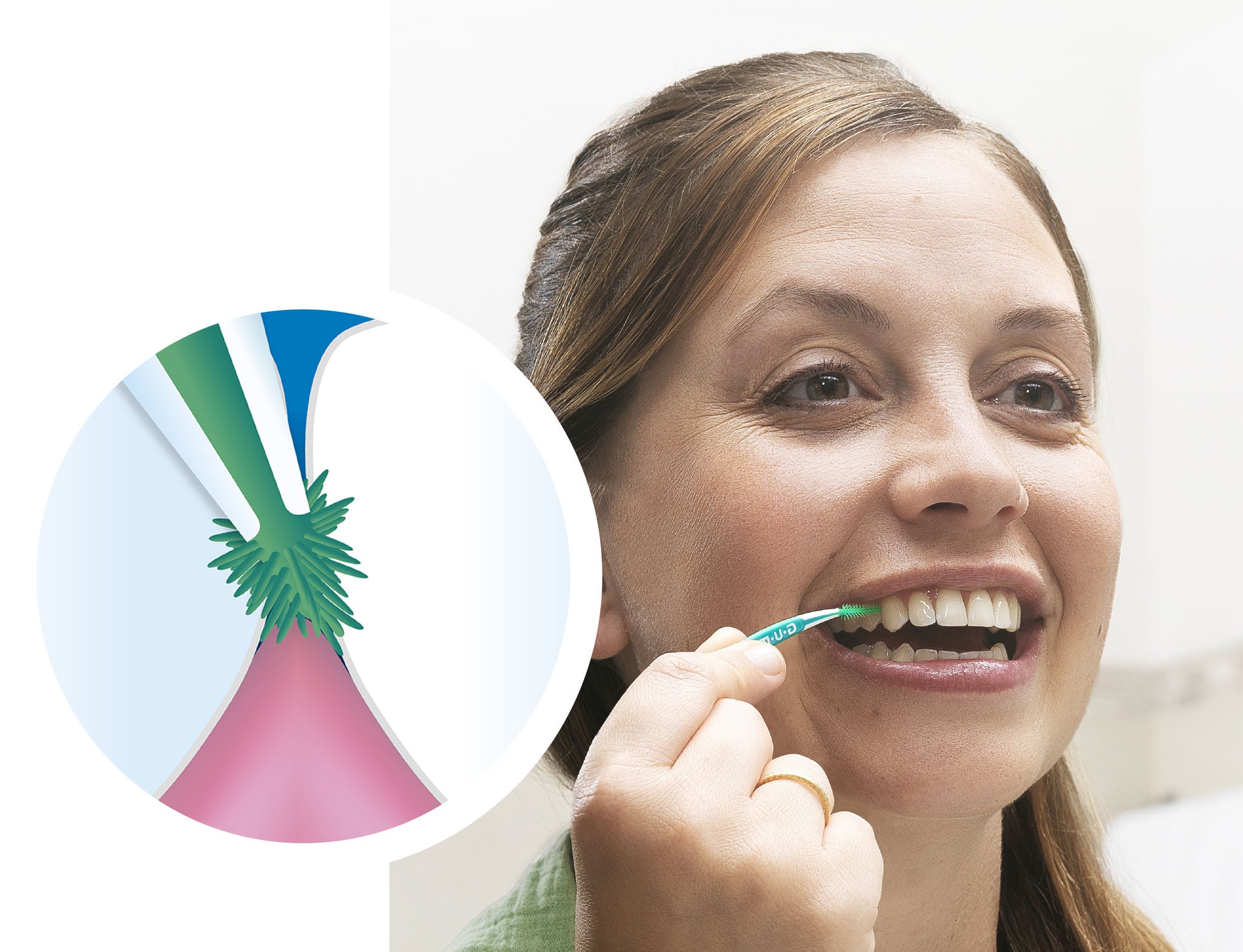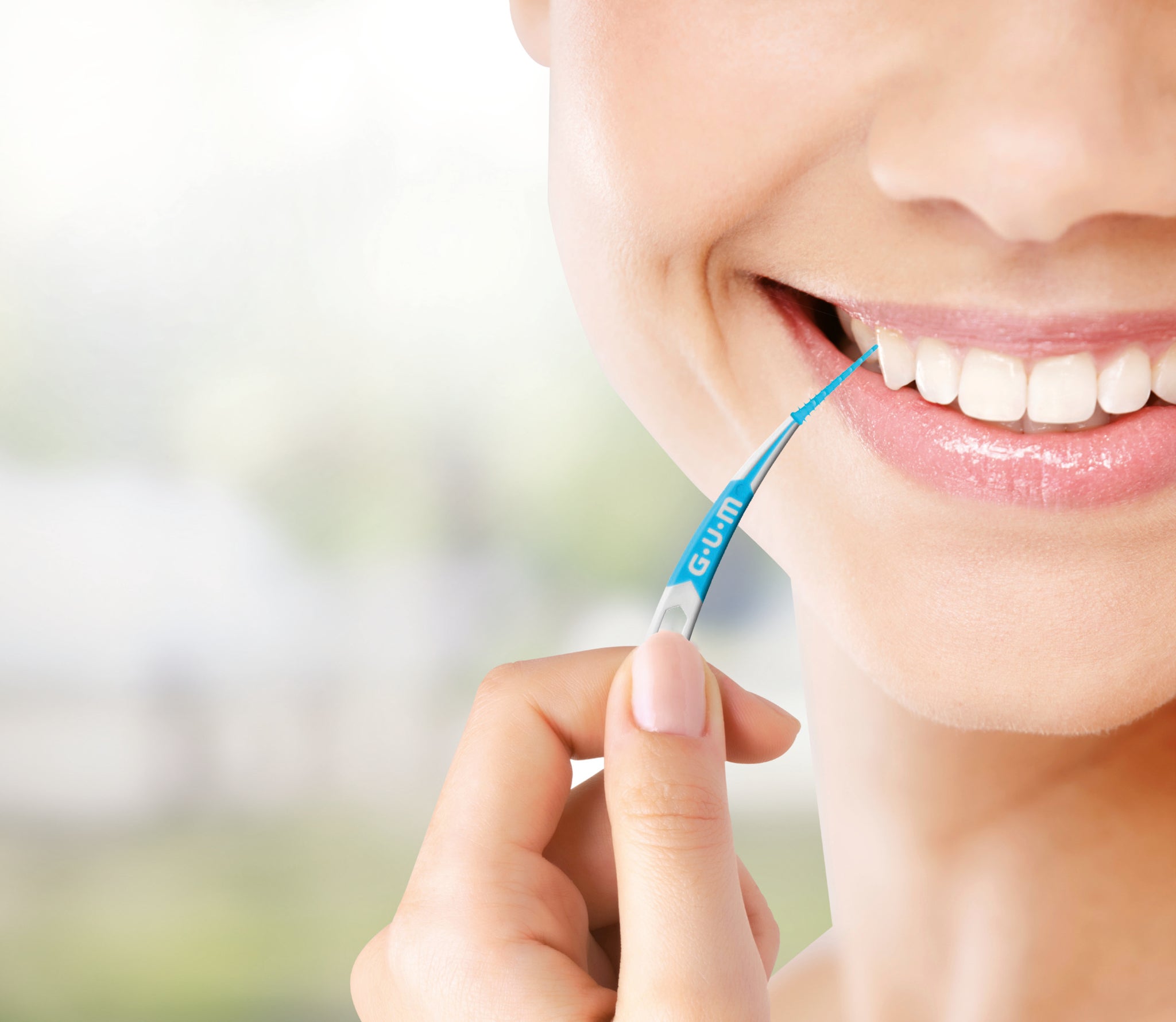
Dental Woodsticks vs. Rubber Picks: Advising Patients on Interdental Cleaning
Interdental cleaning is one of the most vital practices for elimination of plaque and prevention of periodontal disease. There are many tools patients can use to assist with cleaning between the teeth, with floss and interdental brushes among the most common for at-home routines.

Woodsticks and rubber picks are also popular interdental cleaning devices, especially for people who are on the go, or want to dislodge detritus.
Dental professionals frequently receive questions about these tools, their safety, and their efficacy.
In this post, we will review modern research around wooden toothpicks and rubber interdental picks specifically to help inform your perspective.
Dental Woodsticks and Rubber Picks: An Overview
Toothpicks are among the oldest oral care tools in history, with evidence showing they were used by ancient humans nearly 2 million years ago. Wooden toothpicks have been a prevalent tool for interdental cleaning throughout much of history, and they remain widespread in their use today. Dental woodsticks are not to be confused with today’s standard wooden toothpicks, even though they are similar. Wooden toothpicks are round and often pointed on both ends, and they have a variety of uses beyond oral care. Woodsticks, as described by Sälzer et al. (2020), “have a trapezoidal profile and are slightly curved along their length. They are manufactured from long fiber, shatterproof wood, and are available in different sizes. Their application is similar to interdental brushes.”
Rubber interdental picks, or rubber toothpicks, are a relatively new interdental cleaning device, developed through advancements in material and technology. Typically made of rubber or silicone, these picks are small and flexible with small bristles or protrusions at the tip to maximise the removal of plaque and food debris. They are designed for gentleness and ease of use, and to help people reach tricky areas or between closely spaced teeth.
The SOFT-PICKS® from GUM® was the first rubber interdental pick product introduced to market, featuring a plastic core with soft elastomeric bristle designed to massage the gingiva while also delivering a strong clean.
Woodsticks and rubber picks: efficacy as interdental cleaning devices
To date, there has not been a direct comparison between the efficacy of woodsticks versus rubber interdental picks published in a scientific journal. However, there have been several independent studies focusing on these tools, from which we can draw useful insights to inform patient guidance and product recommendations.
Dental Woodsticks
A systematic review of triangular woodsticks and their efficacy against plaque and gingival inflammation was conducted in 2008 by Hoenderdos et al. The researchers concluded: “Evidence from controlled trials, most of which were also randomized, shows that woodsticks do not have an additional effect on visible interdental plaque or gingival index, but do, however, provide an improvement in interdental gingival inflammation by reducing the bleeding tendency.” The reduction in gingival bleeding is potentially attributable to physical stimulation of swollen papilla, providing greater defence against inflammation than toothbrushing alone. Regarding the relative efficacy of triangular woodsticks versus round wooden toothpicks for interproximal dental plaque, a study by Zanatta et al. (2008) revealed no significant statistical differences.
Rubber interdental picks
Several studies have demonstrated the efficacy of rubber interdental picks. Here are some key takeaways from the research:
- Recently, two in vitro experiments in 2020 and 2021 demonstrated good cleaning efficacy, measured as removal of artificial plaque in interdental spaces modelled in several shapes.
- One of the first clinical studies was performed by Yost et al. (2006). In the group using SOFT-PICKS (n=30), plaque levels decreased from 2.34 at baseline to 1.95 at the final visit after 6 weeks (mean change: 0.39, p< 0.001, % change: 17%). During that visit, after the initial plaque measurement, participants were asked to use the SOFT-PICKS once more, which immediately reduced mean plaque levels further to 1.44 (mean change: 0.51, p< 0.0001, % change: 26%). Further clinical trials in the several past years have confirmed those findings.
- Abouassi et al. (2014) demonstrated that usage of rubber interdental picks such as SOFT-PICKS resulted in immediate significant plaque reduction (before=2.02, after=1.58, mean difference: −0.44 ± 0.03, p<0.0001).
- Two studies published in 2018 provided further evidence. Graziani et al. (2018) showed that using SOFT-PICKS adjunctive to manual toothbrushing reduced full mouth plaque scores and interdental full mouth plaque scores with 71% and 65%, respectively, after four weeks. Also, after 28 days, interdental full mouth plaque scores were significantly lower in Group 4 (toothbrushing + SOFT-PICKS) compared to Group 1 (only toothbrushing) (difference: 21.8%, p=0.05). Similarly, Hennequin-Hoenderdos et al. (2018) demonstrated that in approximal sites found to be accessible for SOFT-PICKS, the Plaque Index significantly decreased from 3.34 to 2.55.
- Most recently, a 2021 systematic review by van der Weijden et al. came to the conclusion that rubber picks are indicated for gingivitis and plaque reduction. There is mounting strong evidence for rubber interdental picks as a highly effective tool for reducing plaque levels and gingivitis. But of course, as any dental professional knows, effectiveness is only a part of the consideration for oral care devices. Ensuring that patients comply and actually use the tool is essential. So next we will explore the safety and user experience implications for both woodsticks and rubber picks.

Woodsticks vs. rubber picks: safety and user experience
The aforementioned systematic review of rubber picks by van der Weijden et al. also concluded that, “The evidence supports user safety and participants’ preferences.” This points to a key advantage of these devices: user appreciation. Studies by Smith et al. (2019) and Moretti et al. (2020) demonstrated superior ease-of-use for the SOFT-PICKS, compared to, for example, floss. In a clinical trial from Abouassi et al. (2014), rubber interdental brushes bristles were rated significantly higher by participants than conventional interdental brushes in terms of overall patient acceptance and specifically in these areas:
- Less pain during usage
- Comfort of brushing
- Willingness to buy the product
Hennequin-Hoenderdos et al. (2018) found that SOFT-PICKS were favoured over interdental brushes by patients and yielded significantly lower gingival abrasion (GA) scores by comparison.
Most recently, a study performed in Germany by researchers from Kiel University investigated user-friendliness of rubber interdental picks compared to that of woodsticks. A total of 11 criteria were surveyed, including ease of insertion, cleaning capacity, stability, etc. The rubber interdental picks demonstrated superiority in 10 out of 11 criteria compared to woodsticks, whereas the only criteria not showing a significant difference was the item “taste”.
Meanwhile, there are a range of concerns surrounding the safety and user-friendliness of woodsticks. If used too aggressively or with too much force, these tools can still shatter, leaving splinters or pieces of wood behind. They can also damage the gums and tooth enamel, especially if the user is rushing or employing poor technique, thus leading to gum recession and tooth sensitivity.
Furthermore, woodsticks may not be suitable for individuals with tight contacts between teeth, as they may not fit between the teeth.
Rubber interdental picks vs wooden toothpicks – which ones are more user friendly and why?


Takeaways for Dental Professionals
There isn’t enough focused scientific evidence to say definitively whether woodsticks or rubber interdental picks are superior for their designed purposes. However, the evidence does show with a fair amount of confidence that rubber picks are effective, and that they are favoured by patients among several other interdental cleaning devices.



